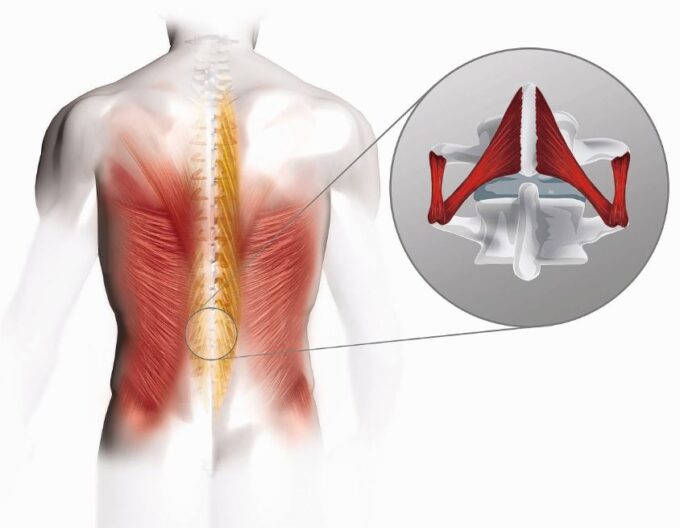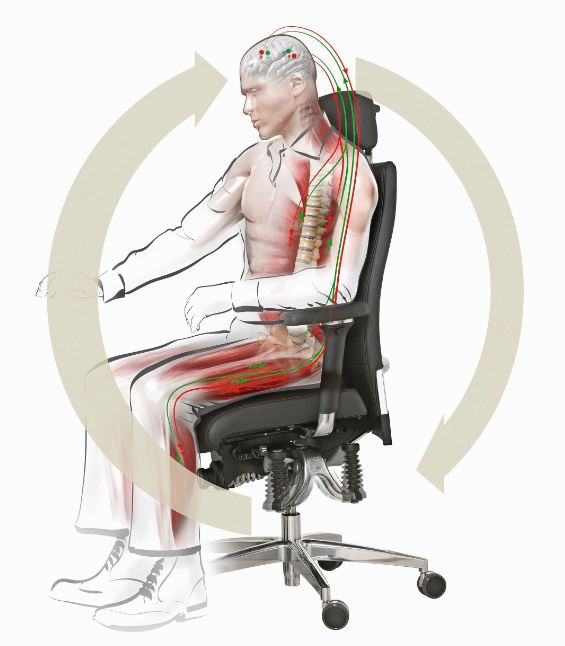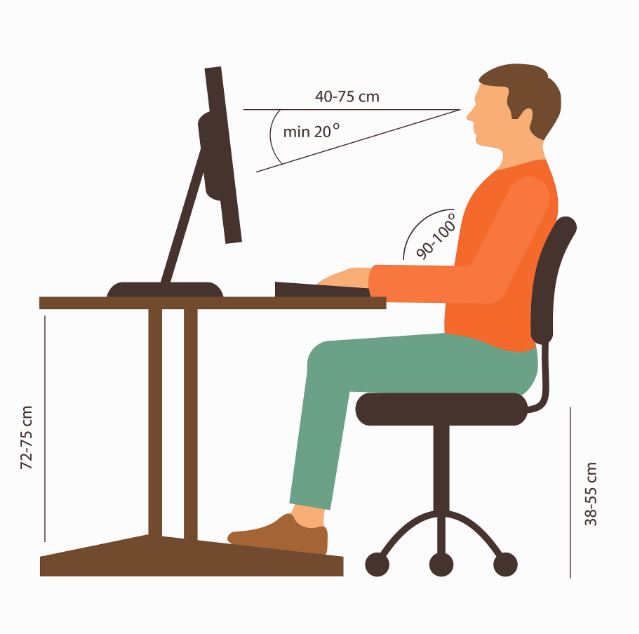Sitting correctly is a matter of attitude
For most people, sitting is an unavoidable part of their everyday working life and, if they do not exercise regularly enough, it can be the cause of considerable damage to the spine and intervertebral discs.

Back pain is the inglorious number one single diagnosis every year and is also one of the most expensive illnesses in Germany, according to the German health insurance company DAK Gesundheit. According to the BKK umbrella organization, spinal and skeletal disorders accounted for 24.3 of all days of incapacity to work in 2019.
The musculature lives from movements
Lack of movement is the big problem for muscles - and the more support functions are offered, the weaker they become. This is especially true on office chairs, which, although usually designed according to ergonomic principles, often place too much emphasis on supporting the body and less on promoting movement. However, the body's 650 or so muscles are naturally programmed for movement and need alternating tension and relaxation.
If the range of movement provided by nature is regularly ignored and the musculature is increasingly forced to perform only "rigid holding work" (isometrics) under tension, especially when working at a computer screen, tension is pre-programmed. In order to prevent greater damage, the pain receptors (nociceptors) in the neck, lumbar region or shoulders prophylactically signal during the course of the day to "demand" additional movement.

Three layers as a basis for a stable back
Three superimposed, interlocking and coordinated layers of muscles perform a wide variety of tasks in the back:
- Stabilization and straightening
- Flexion and extension
- Rotation
Particular importance is attached to the small muscles close to the spine and very small, which pull from vertebral body to vertebral body: They are naturally responsible for stabilizing the spine - but unfortunately, due to our lifestyle characterized by supports and lack of movement, they are usually too weak to do justice to their task.
The individual muscles are controlled by the brain and nervous system, which in parallel process information from countless movement receptors, eyes, balance, sense of touch and other sources in order to generate suitable movement or - in the case of office sitting - mainly holding and stabilization programs.

What role does the brain play?
The advantage of such endogenous programs is that they run automatically and the brain needs less energy to control them. The disadvantage is that even non-physiological programs are activated if they have been trained long enough. This explains the many back complaints that frequent sitters in particular often complain about.
The brain has the task of analyzing, evaluating and perfectly coordinating all available data and information in milliseconds. The better the incoming movement data, the better the coordination ability. If there is little input, for example during concentrated screen work, the movement input drops rapidly and the nervous system can no longer optimally control the complicated muscle play.
In complex systems, the interaction of all components plays a major role. If one part of the chain is too weak to fulfill the goal, the brain looks for an alternative solution.
Special office chair can help
In the case of permanently necessary stabilization of the spine, the control mechanism accesses a muscle group whose actual task is not to stabilize the vertebral bodies. If this muscle group is therefore permanently under tension (e.g. during computer screen or office work), metabolic residues are no longer properly eliminated and the brain sends warning messages in the form of pain:
However, if the movement impulses emanating from the seated person are not slowed down but reflected, an interesting solution arises in two respects:
- The constant small movements automatically train the stabilizing muscles of the spine, which are proven to become stronger.
- Based on these regular movements, the brain receives relevant movement data, which can stimulate the circuitry in the brain and thereby optimize the coordination of muscle control.
Sitting becomes exercise training
Office chairs with the Bioswing system follow this principle. An oscillating mechanism integrated under the seat precisely decouples and reflects the micro-vibrations that occur when sitting, thus ensuring a continuous increase in movement during work. The system works automatically, centering the body and offering the musculature alternating tension and relaxation. Sitting thus becomes a daily exercise routine. Back pain can thus be effectively prevented. In addition, sitting on office chairs with the Bioswing system is said to be very comfortable.
Source: This article appeared originally on the platform mendo-movo.com, an information service of the Heidelberg Institute for Health Management GmbH.









